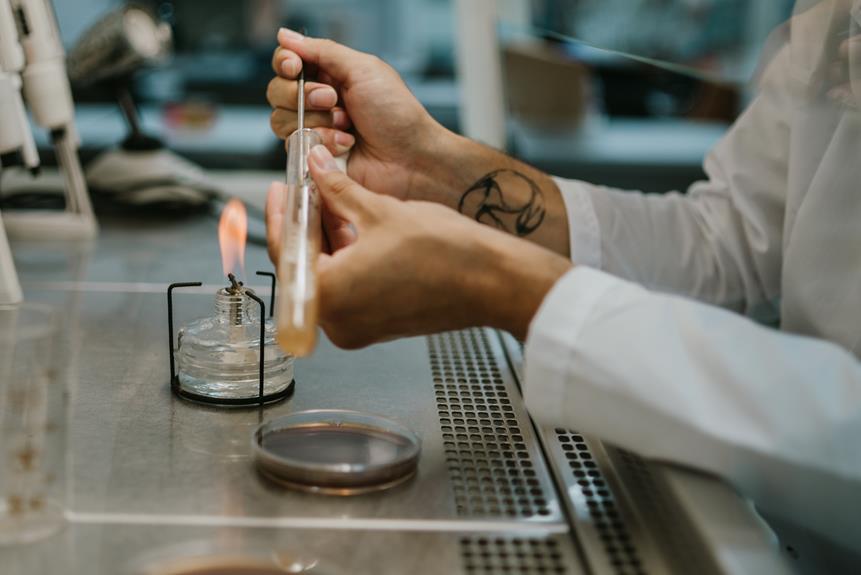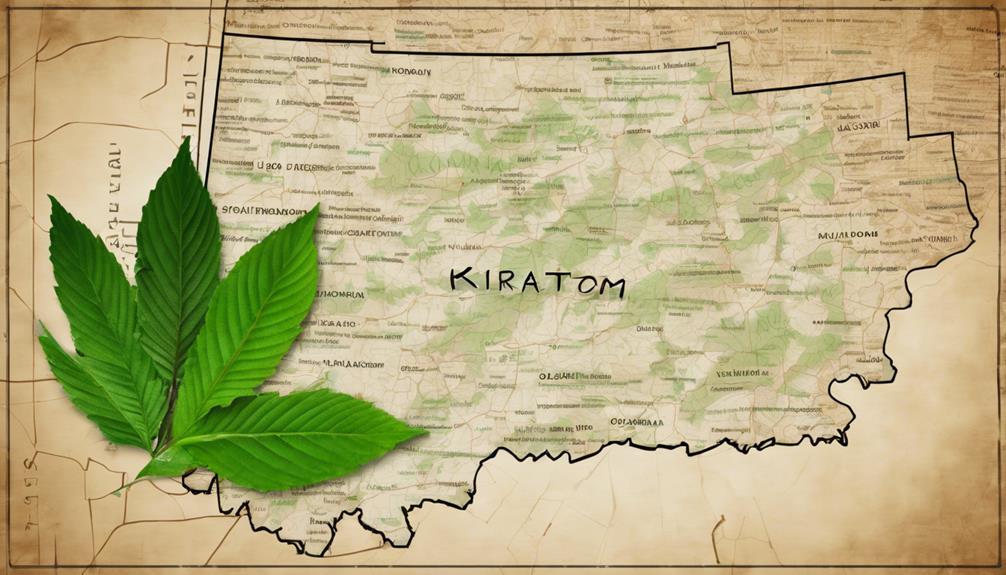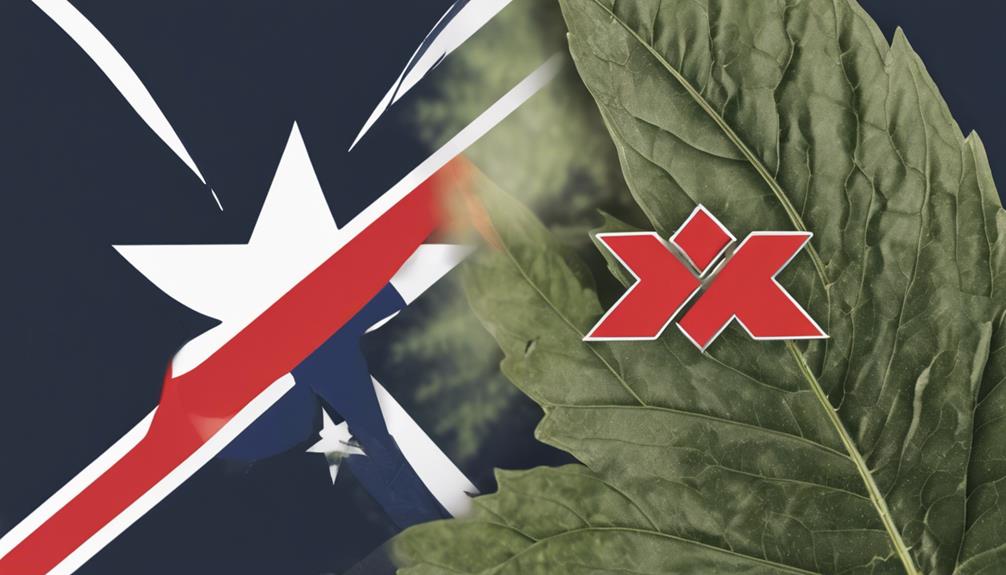Have you ever wondered what would happen if you mixed Kratom and Kava together? Picture this: you're looking to enhance your relaxation and unwind after a long day, and you've heard about the potential benefits of combining these two herbal remedies. But before you go ahead and mix them, it's essential to understand the potential risks and benefits involved. In this discussion, we will explore the properties of Kratom and Kava, the similarities and differences between the two, and the safety considerations you should keep in mind. So, let's dive into the world of Kratom and Kava and discover whether this combination is worth exploring further.
What Is Kratom?
What is Kratom and how does it affect the body and mind? Kratom is an evergreen tree that belongs to the Coffea family and is native to Southeast Asia. For centuries, it has been used in traditional medicines. The effects of Kratom can vary depending on the dosage consumed. It contains alkaloids such as mitragynine and 7-hydroxymitragynine, which are responsible for its therapeutic properties.
Kratom is known to induce feelings of well-being and motivation. Many people enjoy consuming it as tea, as it is believed to provide a relaxing and calming effect. However, it is important to note that Kratom can have both mild and severe side effects. While some individuals may experience increased energy and focus, others may encounter dizziness, nausea, or even dependence.
It is crucial to mention that Kratom is not approved by the FDA and is illegal in several US states. Additionally, some countries have restrictions or bans on Kratom. On the other hand, Kava, another herbal supplement, is legal and does not have any restrictions on buying, selling, possessing, or using.
What Is Kava?
Derived from the Piper methysticum plant, Kava is an herbal extract with deep cultural roots in the South Pacific. It has been used for centuries by the indigenous people of the region for its calming effects and is traditionally consumed in social events such as weddings, religious rites, and celebrations. Here are three important facts about Kava that you should know:
- Forms of Kava: Kava is available in various forms to suit different preferences. It can be consumed as a drink, which is made by mixing powdered Kava root with water. Kava is also available in the form of capsules, tinctures, and tea. These different forms allow individuals to choose the method of consumption that works best for them.
- Cultural Significance: Kava holds immense cultural significance in the South Pacific islands. It is considered a symbol of hospitality and is often used to welcome guests or initiate important conversations. Drinking Kava is seen as a way to promote relaxation, social bonding, and a sense of community. It is an integral part of traditional ceremonies and gatherings.
- Potential Benefits: Kava has gained popularity outside of its cultural origins due to its potential health benefits. Research suggests that Kava may help reduce anxiety and promote relaxation without causing significant sedation. It is believed to work by enhancing the activity of the neurotransmitter GABA in the brain. However, more studies are needed to fully understand its effects and potential therapeutic uses.
Understanding the background and cultural significance of Kava is essential when considering its potential for mixing with other substances like Kratom. By appreciating its traditional use and potential benefits, individuals can make informed decisions about the combination of Kava and Kratom.
Similarities Between Kratom and Kava
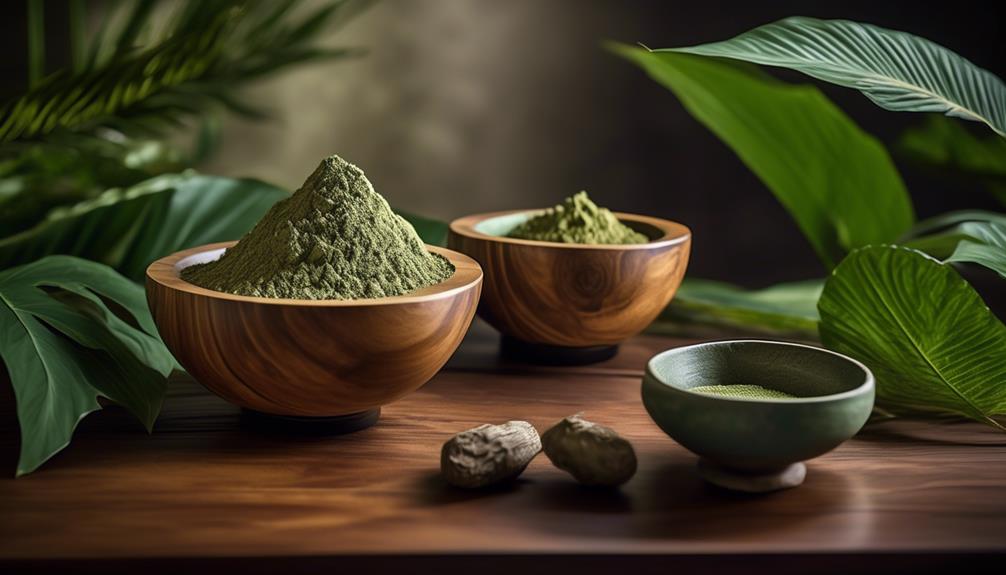
Both kratom and kava share similarities in their traditional consumption as teas and their potential benefits to the body. Both plants have a long history of being brewed into teas and consumed for their medicinal properties. Research suggests that both kava and kratom can induce feelings of well-being and motivation, making them popular choices for those seeking relaxation and stress relief.
In addition to their similar traditional uses, kratom and kava also have some physical similarities. Both plants grow in tropical regions and have a similar appearance in their natural environment. They are often used in traditional medicines and have been valued for their healing properties for centuries.
However, it is important to note that despite these similarities, kratom and kava have distinct chemical compositions and belong to different plant families. Kratom comes from the Mitragyna speciosa tree, while kava is derived from the Piper methysticum plant. The active compounds in kratom are mitragynine and 7-hydroxymitragynine, while kava contains kavalactones.
Another important distinction between kratom and kava is their legal status. While kava is legal and widely available, kratom faces legal restrictions in several US states and countries. This is due to concerns about its potential for abuse and dependence.
Is it Safe to Mix Kratom and Kava Together?
When considering kava and kratom mixing, it’s important to understand the potential risks and interactions. While some people may use these two substances together, it’s essential to proceed with caution and educate yourself. Consulting a kava and kratom mixing guide can provide valuable insights and help you make informed decisions.
Differences Between Kratom and Kava
Kratom and kava differ in various aspects, including their botanical classifications, effects, plant parts used, chemical compositions, and pharmacological profiles.
- Botanical Classifications: Kratom belongs to the Rubiaceae family, while Kava belongs to the Piperaceae family. This indicates their distinct botanical classifications, highlighting their different evolutionary origins and relationships with other plant species.
- Effects: Kratom's effects vary based on dosage, while Kava's influence is uniform. This means that consuming different amounts of kratom can lead to varying experiences, ranging from stimulating to sedating effects. In contrast, kava produces consistent effects regardless of the quantity consumed, resulting in a more predictable experience.
- Plant Parts Used: Kratom primarily uses leaves, while kava utilizes roots in herbal preparations. This difference in plant parts used reflects the contrasting traditions and practices associated with each botanical. Kratom leaves are commonly chewed, brewed into tea, or processed into powder, whereas kava roots are typically ground or pounded to create a potent drink.
Furthermore, kratom contains alkaloids such as mitragynine and 7-hydroxymitragynine, while kava is rich in kavalactones. These distinct chemical compositions contribute to the unique effects and pharmacological profiles of kratom and kava. The alkaloids in kratom interact with opioid receptors in the brain, resulting in pain relief, sedation, and mood enhancement. On the other hand, kavalactones in kava interact with gamma-aminobutyric acid (GABA) receptors, producing relaxation, anxiety reduction, and muscle relaxation.
Understanding the differences between kratom and kava is crucial when considering their individual effects, potential interactions, and overall safety. It is important to consult with a healthcare professional before combining or using these substances to ensure a responsible and informed approach.
Safety Considerations for Mixing Kratom and Kava
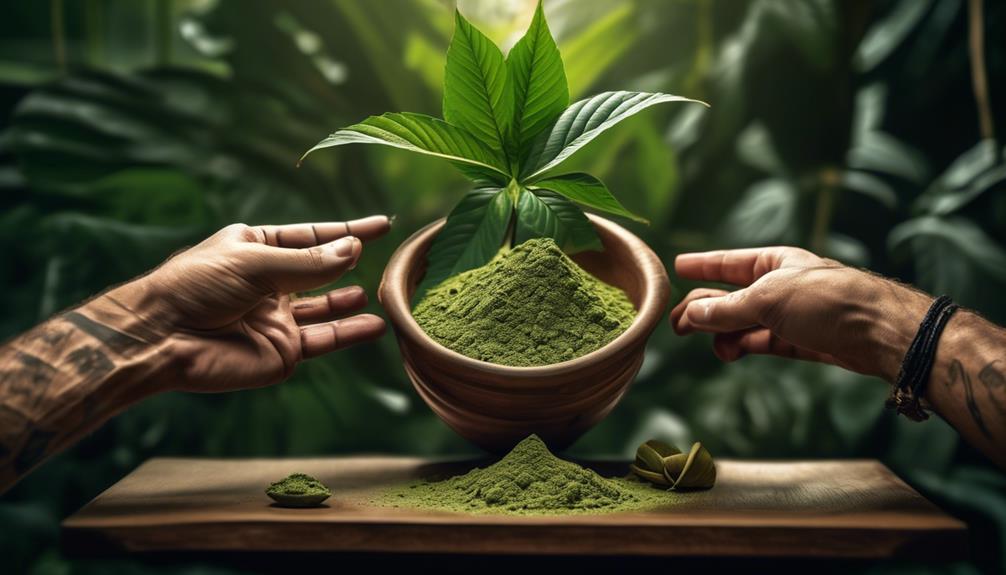
When considering the combination of kratom and kava, it is essential to understand the safety considerations involved. While both kratom and kava have been used for centuries in traditional medicine, their potential interactions and side effects when used together are not well-studied. Mixing kratom and kava can have unpredictable effects on your body, and it is important to approach this combination with caution.
One of the main safety considerations when mixing kratom and kava is the potential for increased sedation and respiratory depression. Both kratom and kava have sedative properties, and combining them may amplify these effects. This can lead to drowsiness, impaired coordination, and difficulty breathing. It is crucial to start with low doses and monitor your body's response closely.
Another safety consideration is the potential for liver toxicity. While kratom and kava on their own have low toxicity profiles, combining them may increase the risk of liver damage. Both substances are metabolized by the liver, and the simultaneous use of both can put additional strain on this vital organ. If you have pre-existing liver conditions or are taking medications that affect liver function, it is advisable to avoid mixing kratom and kava.
Furthermore, the lack of regulation and standardized quality control in the kratom and kava industries raises concerns about the purity and potency of the products you may encounter. Adulterated or contaminated products can pose serious health risks. It is crucial to purchase kratom and kava from reputable sources and to educate yourself about the potential risks associated with these substances.
What Are the Potential Risks and Benefits of Mixing Kratom and Kava?
Mixing kava and kratom may pose potential risks, as both substances can have sedative effects. Combining them may lead to excessive sedation, dizziness, and impaired cognitive function. However, some users claim that the combination can enhance relaxation and mood. It’s crucial to approach the kava and kratom mix with caution and moderation.
Is it Safe to Mix Kratom and Kava Together?
Mixing kava and kratom blend is not recommended as it can lead to adverse effects. Both kava and kratom have sedative properties and can cause respiratory depression when combined. It’s important to be cautious and consult a healthcare professional before mixing these substances.
Frequently Asked Questions
What Can You Not Mix With Kava?
You should be cautious about what you mix with kava, as there are certain substances that may not be safe to combine. It is important to avoid mixing kava with alcohol, as this can lead to liver toxicity. Additionally, combining kava with sedative drugs can have dangerous interactions. Pregnant individuals should also avoid mixing kava with other substances, as there is limited research on its safety in this context. If you are taking antidepressants or other medications, it is best to consult a healthcare professional before mixing them with kava. It is crucial to be aware of the potential side effects and risks of mixing kava with other substances.
What's the Difference Between Kava and Kratom?
Kava and Kratom may seem similar, but they actually have distinct differences. Kava, a plant native to the Western Pacific, and Kratom, an evergreen tree from Southeast Asia, belong to different plant families. Kava uses roots, while Kratom uses leaves for herbal preparations. The effects of these plants vary based on dosage, with Kratom containing alkaloids and Kava having kavalactones. Understanding these differences is crucial when considering their individual benefits and effects.
What Happens if You Drink Too Much Kava at Once?
If you drink too much kava at once, it can have negative effects on your health. Excessive consumption of kava can lead to digestive problems, dizziness, headaches, and impaired motor skills. It may even cause liver damage and a condition called Kava Dermopathy, which affects your skin. Combining kava with alcohol or other substances like kratom can be dangerous, causing loss of bodily control, muscle convulsions, and severe symptoms. It's important to be mindful of these risks and consult a healthcare professional before trying this combination.
How Can I Enhance the Effects of Kava?
To enhance the effects of kava and experience deeper relaxation, increased euphoria, and better sleep, there are a few things you can try. First, make sure you're consuming a high-quality kava product. Look for reputable brands and check for proper processing methods. Secondly, try consuming kava on an empty stomach to maximize its effects. Lastly, consider combining kava with other relaxation-promoting activities such as meditation or listening to calming music. Remember, everyone's body reacts differently, so it's essential to find what works best for you.
